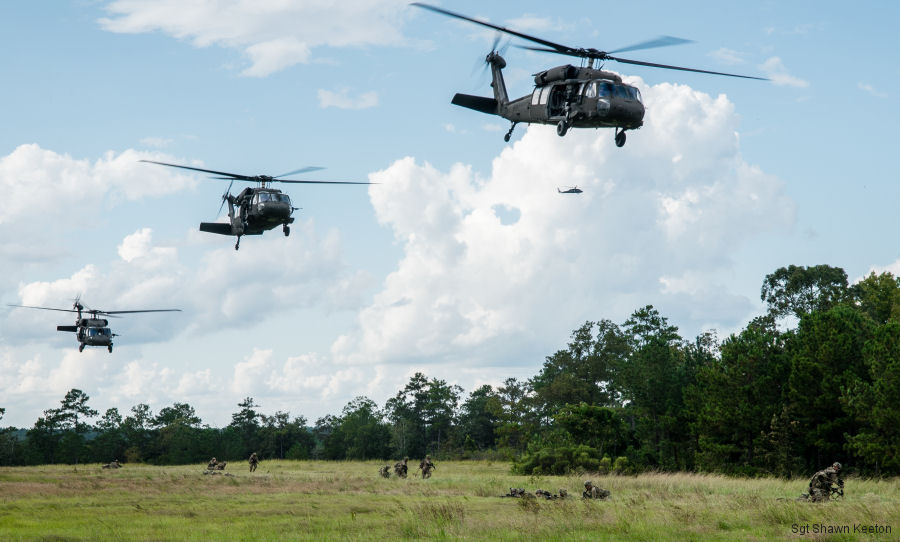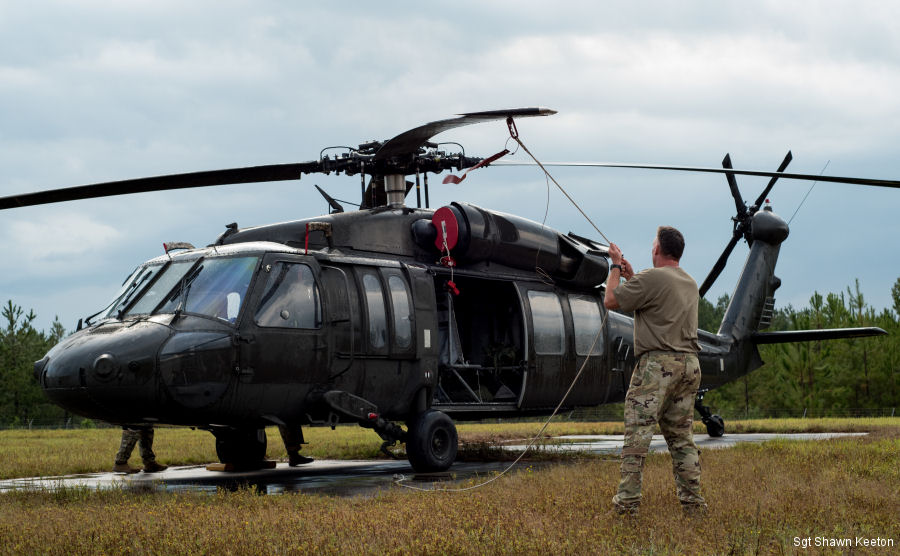
The research inside the Vehicle Innovative Powertrain Experimental Research, or VIPER, facility will focus on technologies to increase power density and transmission efficiency to enable greater speed, range and payload for future rotorcraft.
Upon opening, the U.S. Army Combat Capabilities Development Command’s Army Research Laboratory’s facility will feature a main gearbox from a UH-60 Black Hawk helicopter.
The facility’s 2,000 horsepower-class transmission testbed is flexible and can be configured to perform experiments on a wide variety of gearboxes including AH-64 Apache, V22 Osprey, V280 Valor and next-generation rotorcraft transmissions.
“VIPER will be used to forecast technology development in areas like hybrid gears made of steel and composite materials, and multiple-speed transmissions,” said Dr. Jaret C. Riddick, director of the laboratory’s Vehicle Technology Directorate. “These efforts ultimately align with the performance goals embedded within the Army’s Future Vertical Lift Modernization Priority.”
The Army’s corporate laboratory is investing in research focused on discovery and innovation in the areas of autonomous air and ground vehicles, next generation propulsion and power and disruptive concepts for vertical lift and mobility.
VIPER will explore and enable innovation in next generation power transmission systems and disruptive transmission concepts for vertical lift and mobility, said Dr. Ryan Emerson, chief of the lab’s propulsion division.
Experiments on helicopter transmissions
“VIPER lab will allow us to perform experiments on helicopter transmissions to generate data and fundamental knowledge that doesn’t exist anywhere else. The validated models and diagnostic tools we are developing will lead to lighter transmissions,” Emerson said. “Every pound of weight we pull out of a helicopter platform enables another pound of sensors or Soldier payload, and improves combat maneuverability and endurance.”
Inside the VIPER lab, researchers will rely on deep learning tools to analyze component response data from acoustic sensing instruments to hear what a healthy transmission sounds like, and to detect what it sounds like when a transmission starts to lose health, he said.
This kind of data can be used with drivetrain dynamics analysis and survivability studies, to validate dynamic computer models of transmissions and ultimately impact the readiness and reliability of future vertical lift platforms.
Historically, researchers had to rely on data – nearly exclusively – extracted from aircraft health-monitoring systems, which essentially acts as onboard data recorders. Emerson said these systems provide a valuable source of safety, maintenance and operations data, but only on undamaged components. The experiments planned at VIPER will fill-in the gaps and extend the usefulness of the historical datasets.
“The CCDC Aviation and Missile Center has enjoyed a long and productive relationship with our partners in the CCDC ARL Vehicle Technology Directorate,” said Carvil Chalk, deputy director for the Aviation Technology in the Technology Development Directorate at the center. “We look forward to the benefits this new facility will bring to Army Aviation drive system development.”
Chalk sees this research space as an enhancement to the command’s inherent capabilities to foster continued technology maturation and transition from applied research to demonstration flight test. Key to that is the partnership between the center and the Army’s corporate lab, he said, to deliver adaptive and affordable advanced drive systems for Army Aviation.
For decades, the laboratory has transferred knowledge and advanced science in drivetrain technology for military vehicles to Army programs. This led to improvements in the AH-64E Apache Guardian. Upgrades improved its rated power from 2,828 to 3,400 horsepower with little impact to the transmission weight and volume partially because of split-torque face gear technology developed in collaboration with the NASA Glenn Research Center. The research laboratory also played an integral role in evaluating super-finishing technologies for the reclamation of damaged gears.
The VIPER Laboratory had been scheduled to open this month, but due to the pandemic and state-wide stay-at-home orders, plans to open the facility have been delayed.

See also |
FLRAA >
ARL
Black Hawk in




